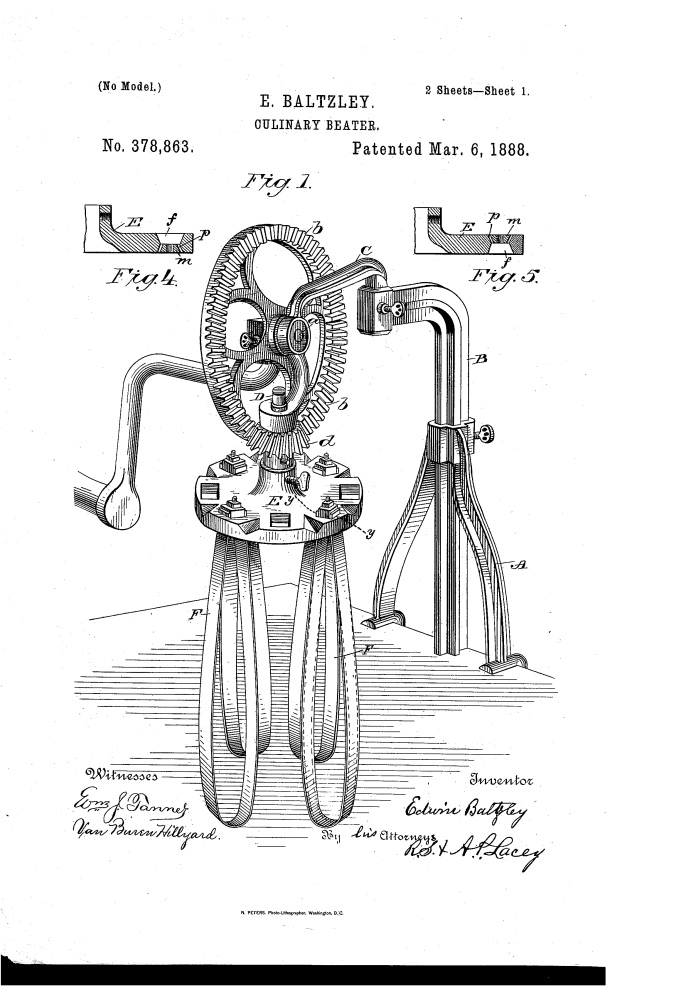In the 1850's the Washington Aqueduct cut through the farm land by the Army Corp of Engineers in order to supply water to the city of Washington. Several quarries were dug in the area, to supply the aqueduct, producing high quality granite. In order to properly maintain the aqueduct, the Corp of Engineers maintained an excellent road from Washington all the way to
. The road ran through some of the most beautiful countryside in the region.
The development of the electric trolley opened a new era of sub-urban development by providing a fast and easy way to commute. Sub-urban development in an area like Glen Echo had been out of the question as long as a 1-1/2 hour horse drawn carriage ride was the only way into the city where all employment other than farming was centered. But with a good road, mass transit, and readily available building material (the granite) an opportunity for development was created. The late 1880's saw a few sub-urban communities in the Washington area but the Potomac Palisades now offered everything needed, it just waited for someone with a vision.

Edwin Baltzley (standing) and his brother Edward
The Entrepeneur
Edwin Baltzley was born in 1848 just outside of the city of New Philadlephia, Ohio. Edwin and his twin brother Edward were the 10
th and 11
th children in a family that emphasized education and creativity. Edwin was a grandson of Elais Howe, inventor of an early sewing machine. Edwin and his brother Henry followed their grandfather's footsteps and between them eventually held 26 U.S. Patents.
As a young man, around 1868, Edwin accepted a position at the main bank in New Philadelphia as a teller. It was in his position at the bank that he became acquainted with Ohio Senator John Sherman (of the famous Sherman anti-trust act). Sherman was impressed with the intelligent and energetic young man and hired him as his personal secretary. Sherman maintained an office in New Philadelphia, at which Edwin likely worked.
From 1872 until 1884 Edwin lived in Washington and Mansfield, Ohio, working for Sherman. Edwin was appointed Clerk of the Senate Library Committee which Sherman headed. While working for Sherman Edwin met Judge Warner M. Bateman, with whom he maintained a correspondence for many years. Judge Bateman was a staunch supporter of Sherman, both the Judge and Edwin served on Sherman's presidential campaign of 1881.
In the early 1880's, Edwin invented a machine for manufacturing nails. Little is known of the invention other than that Edwin showed his machine to several nail manufacturers, who were impressed and indicated interest in purchasing machines. Edwin was trying to raise capital to set up a manufacturing business, but the nail producers lacked either the capital or the vision. After 18 months Edwin boxed up his invention and set it aside.
While at a Washington function, Edwin had an opportunity to listen to the financier W. W. Corcoran, Corcoran was speculating on the coming boom in sub-urban development. He predicted that in a few years thousands would leave the foul air of the city and move into the surrounding countryside, not to farms, but to new communities built with clean paved roads, fresh water and clean country air. Edwin listened, keepin Corcoran's advice in his mind.

One of Edwin's many eggbeater patents, this one is from 1888
The Entrepeneur
While working for Sherman, Edwin continued his inventing hobby. Married in 1883, Edwin's wife, Edith, complained about the difficulty of mixing kitchen ingredients well. A fork was a poor implement and the few egg-beaters on the market mostly pushed the ingredients to the side of the bowl without mixing them. Edwin went to work and soon had a sucessfull prototype, he filed for a Patent, which was granted in December, 1885. Edwin offered a 25% interest in his planned egg-beater company to his friend the Judge for $5,000, but the Judge chose not to invest (a poor decision).
Two years later Edwin resigned from Sherman's staff and moved to Philadelphia, Pennsylvania, a large manufacturing center. While visiting nail manufacturers several years before, Edwin had met a shop foreman who impressed him, upon arriving in Philadelphia, Edwin contacted the foreman and hired him to run his new factory, offering him a portion of the new business, The Keystone Manufacturing Company. The foreman brought several excellent craftsmen with him and quickly built up the company. Edwin's head for business excelled and his failure to attract additional investors paid off in the end when the huge profits belonged primarily to he and his brother Edward.
The usefulness of the Keystone Beater in places other than the kitchen was attested to by the many books written for pharmacists, which recommended the Keystone Beater as the best device available for thorough mixing of dry ingredients, including medicines. The books stated that "no other device sold does a better job".

A newspaper add for Edwin's 'Keystone' brand eggbeater
The Entrepeneur
Keystone Manufacturing set up exclusive regional distribution contracts. Each distributor got a percentage of every egg beater sold in his area no matter who sold it. Stores nationwide stocked the Keystone Beater and sold out as fast as they received them. Edwin's knack for promotion made the day. Keystone offered free cookbooks filled with reciepes that took advantage of his new egg beater, liberally sprinkled with adds for the various models offered. Keystone quickly expanded production capability to meet the impressive demand, building Edwin a small fortune.
With nearly $250,000 in the bank, at a time when the average working man made about $1,000 per year, Edwin sent his brother back to Washington to begin a new chapter in their lives...




